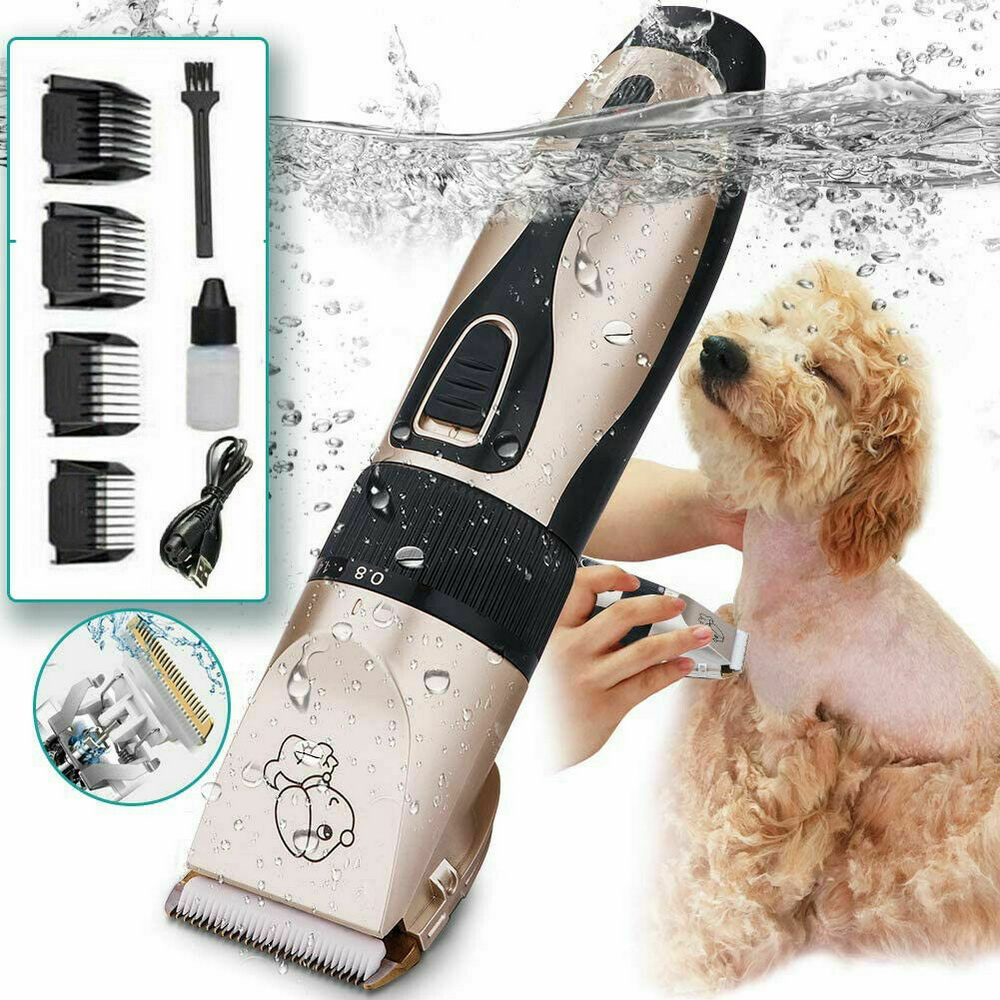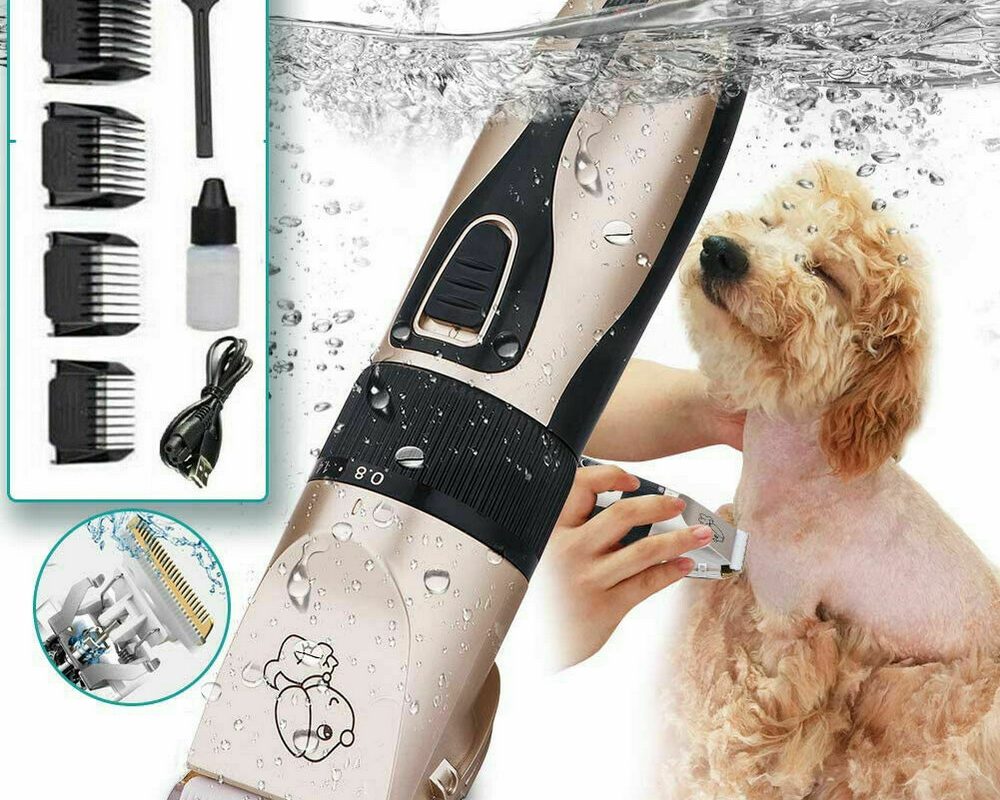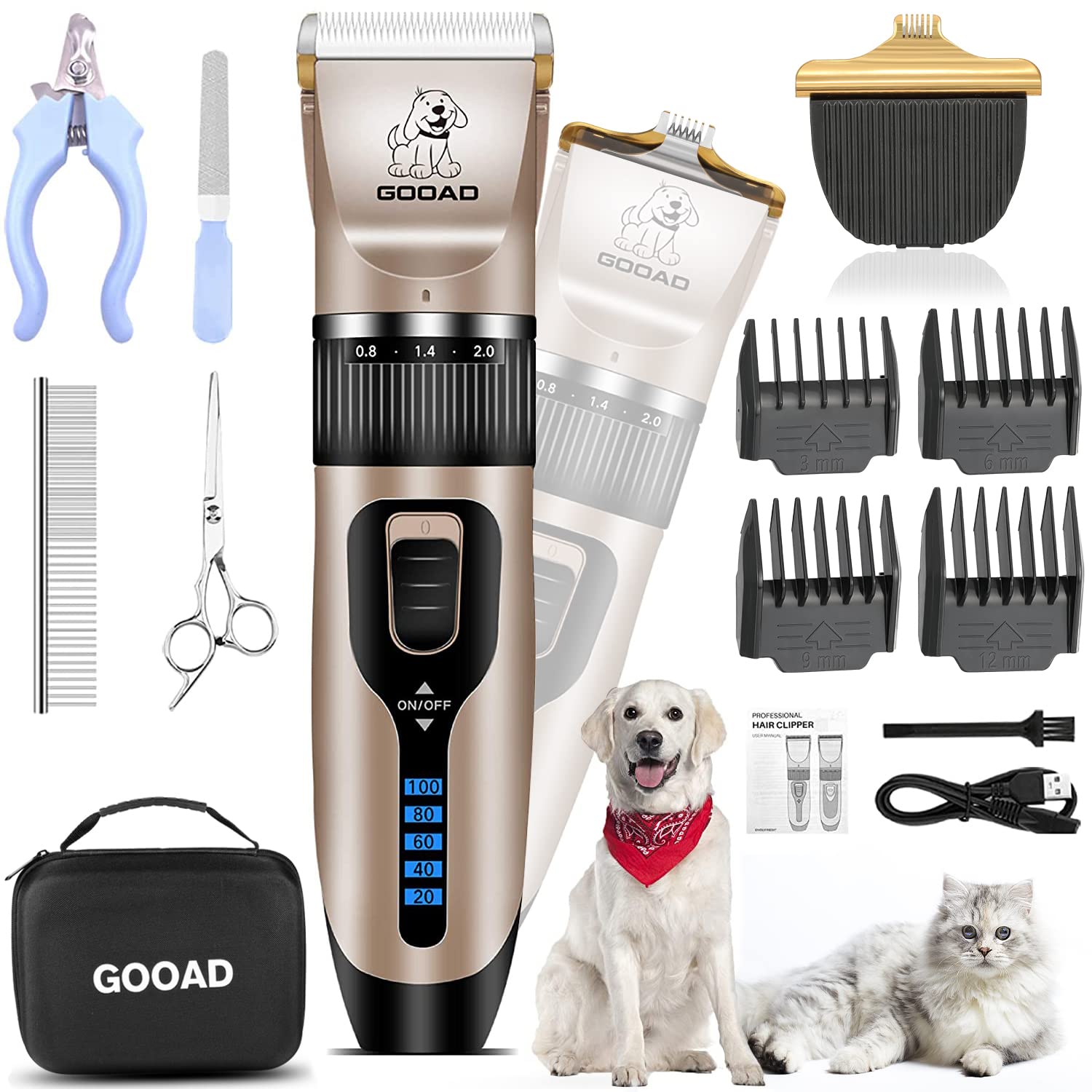Grooming a dog can be a daunting task, especially for first-time pet owners. One of the most common questions pet owners ask is, “Can I use regular hair clippers on my dog?” While it may seem convenient to use a tool designed for humans, there are several factors to consider when it comes to grooming your furry friend. In this article, we’ll dive deep into the world of dog grooming tools, including the intricacies of dog hair type, the anatomy of clippers, and the best practices for efficiently and safely grooming your pet.
Understanding Dog Coat Types
Types of Dog Coats
Before determining whether regular hair clippers are appropriate for your dog, it’s important to understand the various coat types found in different breeds. The most common types of dog coats include:
- Short-Coated Breeds: These dogs have hair just a few centimeters long and usually do not mat. Examples include Beagles and Dachshunds.
- Long-Coated Breeds: Dogs like Golden Retrievers or Shih Tzus have longer hair that is prone to tangling and mats.
- Curly-Coated Breeds: Breeds like Poodles or Portuguese Water Dogs have tightly curled hair. This coat type requires regular grooming to prevent matting.
- Double-Coated Breeds: Breeds like Siberian Huskies have a dual-layer coat: a dense undercoat for insulation and a coarser outer coat.
Grooming Needs
Each coat type has its unique grooming requirements, and using the wrong tools can lead to ineffective results or even injury. For example, short-haired dogs generally require little more than a simple brushing. On the other hand, long-haired and double-coated breeds may require specialized grooming tools designed to penetrate the dense fur.
Types of Grooming Clippers
Human Hair Clippers
Human hair clippers are generally designed with a different set of specifications than dog grooming clippers. While they may seem similar on the surface, there are significant differences in terms of blade speed, motor power, and blade design.
- Blade Speed: Human clippers usually operate at a much higher speed, which can be too intense for a dog’s delicate skin and may result in nicks or cuts.
- Motor Power: Many human clippers are designed for finer hair and might struggle with the coarser strands of dog fur, leading to overheating.
- Blade Design: Hair clippers for humans come with blades designed for the thickness and texture of human hair, which may not be as effective on a dog’s coat.
Pet Grooming Clippers
Pet clippers, on the other hand, are specifically designed to handle a variety of dog coat types. They often have:
- Variable Speed Settings: This allows for better control and less chance of hurting your dog.
- Specialized Blades: The blades are made to easily cut through various textures and densities of dog fur.
- Ergonomics: Dog clippers are often designed to be comfortable to hold for extended periods, which is helpful for groomers.
The Risks of Using Regular Hair Clippers
Skin Injuries
One of the primary concerns when asking, “Can I use regular hair clippers on my dog?” arises from the risk of skin injuries. Using clippers that are not designed for pets can lead to nicks, cuts, and other forms of trauma. Dog skin is more sensitive than human skin, making it more vulnerable to injury.
Overheating
Regular clippers are not designed for prolonged use, especially on thick or matted dog fur. Overheating can occur, resulting in burns or discomfort for your pet. If a clipper overheats, it may become unusable for effective grooming.
Ineffective Grooming
Human clippers are typically designed for straight hair, which means they may struggle with the various textures found in dog fur. This can lead to uneven cuts, missed areas, and an unsatisfactory grooming job.
Signs That Your Dog Needs Grooming
Now that we’ve discussed whether you can use regular hair clippers on your dog, it’s essential to recognize when grooming is necessary. Different breeds and coat types will show distinct signs; however, common indicators include:
Excessive Shedding
If you notice more dog hair around your home than usual, it might be time for a grooming session. Regular grooming helps control shedding and keeps your house cleaner.
Tangled or Matted Fur
If your dog’s fur is matted, waiting too long to groom can lead to painful pulling and even skin irritations.
Odor
A strong smell can indicate that your dog needs a bath and full grooming. Regular grooming helps to eliminate trapped dirt and oils in the coat.
Happiness and Comfort
Your dog’s comfort is paramount. If you notice that your pet is frequently shaking its head or scratching itself, it may indicate that its coat needs attention.
How to Choose the Right Grooming Clipper
While it may be tempting to use regular hair clippers for grooming your dog, investing in quality dog grooming clippers is invaluable. Here are some tips for choosing the right clippers for your furry friend:
Look for Adjustable Blades
Choosing clippers with adjustable blades can allow you to cater to different areas of your dog’s body—sensitive areas like the face or paws may require shorter, safer blade lengths.
Check for Noise Level
Dogs can often be frightened by loud noises. Opt for a clipper that operates quietly, making the grooming experience less stressful for your pet.
Battery Operated vs. Corded
Battery-operated clippers offer mobility but may lack power. Conversely, corded clippers provide consistent performance but may limit your range of motion. Decide which option is more suitable for your situation.
Read Reviews
Before purchasing clippers, investigate online reviews from other dog owners. This can provide valuable insights into the performance and reliability of the clippers you’re considering.
Best Practices for Grooming Your Dog
Prepare Your Dog
Before you even think about using clippers, acclimate your dog to the grooming process. For younger pets, introduce them to the sound of clippers without actually using them. This will help reduce anxiety during the grooming session.
Make it Comfortable
Ensure your dog is comfortable and secure before starting the grooming session. A non-slip mat can help your dog maintain its footing, especially if you’re working on a hard surface.
Use the Right Techniques
Start with the areas where your dog is most comfortable, such as the back and sides, moving to sensitive areas like the paws and face. Employ smooth, continuous motions to avoid abrupt cuts, and use gentle pressure to avoid causing discomfort.
Regularly Check for Mats
As you groom, keep a close eye on any mats or tangles. Attempt to brush these out before using clippers, as cutting through matted fur can lead to skin irritation.
 Alternatives to Clipping
Alternatives to Clipping
If you have concluded that using regular hair clippers on your dog isn’t ideal, there are other grooming alternatives you can consider.
Professional Grooming Services
Professional groomers have the training and tools necessary to properly groom your dog, minimizing the risk of injuries and ensuring a neat finish. If you’re unsure how to groom your dog, this is a great option.
DIY Grooming Kits
Additional pet grooming kits often include specialized brushes and combs tailored to various coat types. These can be a fantastic supplement to clippers and can help maintain your dog’s coat in-between grooming sessions.
Final Thoughts
In conclusion, while the question, “Can I use regular hair clippers on my dog?” might seem straightforward, various factors complicate the answer. Using clippers designed for human hair can lead to several complications, including skin injuries and ineffective grooming. Instead, investing in specialized dog grooming tools and understanding your dog’s coat type will ensure a safer and more pleasant experience for both you and your pet. Whether you choose to groom at home or opt for professional services, remember that regular grooming is essential to your dog’s well-being. After all, a well-groomed dog is a happy dog!



